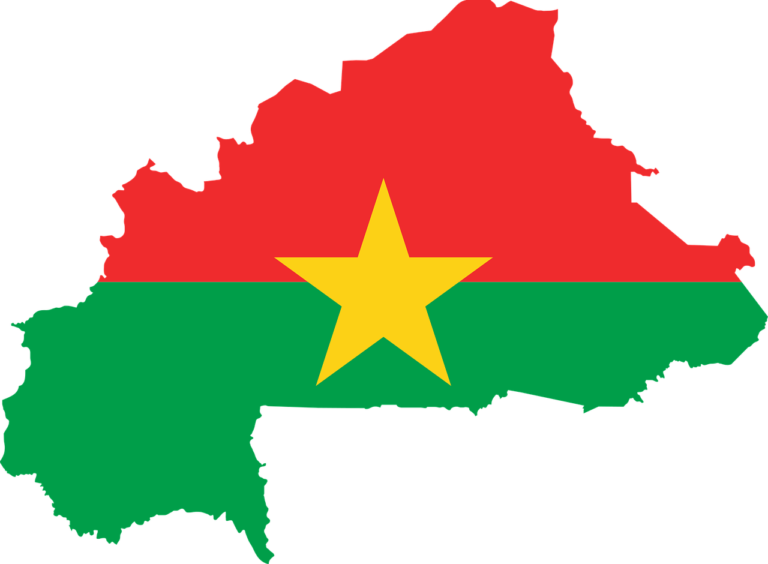Music and dance in Burkina Faso

Music and dance are an inextricable part of African culture and identity. In many African societies, music and dance play significant roles in religious and social events. Music is used to educate, to create awareness and to entertain. Burkina Faso is a country rich in varieties of music and dance.
Historical colours
Burkinabè art is certainly characterized by the rich diversity of its ethnic groups. There are over 60 ethnic groups in the country, each boasting of specific music and dance forms that are part of the fabric of the peoples’ daily lives. Despite this diversity, these songs and dances do intersect. Some are sacred regarded as taboo to display before the general public, foreigners or people who are not initiated into certain rites. However, during social events and ceremonies of a certain importance, traditional dances and music can be open to the public. At such events, the public gets a taste of the rich history, rites and ancestry of the Burkinabè. Some of these performances are accompanied by special musical instruments. The most popular examples are the Waarba of the Mossi ethnic group, the Samogôdon of the Samogô ethnic group and the Djelidon of the Djeli, the griots, or praise singers of the community.
Dance is a cherished art in the Burkinabè society. All major events are punctuated with dance and songs: religious events, naming ceremonies, funerals, and so on. The repertoire of traditional dances and songs of Burkina include the dance of the masks or masquerades. These are grouped under different categories. There is the dance of the white masks (masques blancs). Dancers are costumed in white, and it is danced only at night. This dance is highly vigorous and accompanied by women vocalists. The dance of the white masquerade is peculiar to the griot. There is also the dance of the fibre masks (masques de fibres). These masquerades are distinguished by their wooden masks, adorned with fibres. Another type is that of the feather masks (masques de plumes). These dancers wear a special headpiece to make them look like birds. Their dance steps depict the movement of the type of bird they represent. Generally, all masquerades embody beings like birds, serpents, as well as men and women. They have a special characteristic that allow them to escape the confines of time and space.
Contemporary Burkinabè dance: The Hip Hop facet and its ramifications
In recent years, the Burkinabè music and dance scene has witnessed a proliferation of western hip hop and rap music, especially in urban settings and among the youth. This development might seem surprising to many of those familiar with the traditional scene we described above. The question that comes to one’s mind is how this new “American” wave found its way into the art of the country. Hip hop and rap reached Burkina, and West Africa in the 1980s, by way of the youths who brought CDs and cassette players from their trips to Europe and the US. It was initially played in restricted circles but since the 1990s, hip hop and rap have become more popular, with the proliferation of private radio stations.
A distinguishing feature of Burkinabè rap music is its strong ideological commitment. Rap artists like Smarty, a UNICEF goodwill ambassador, is one of the key figures in this context. His music has a very strong social message. It was a major inspiration to the “barefoot revolution” which ousted President Blaise Compaoré in 2014. In recent times, he has been singing about displacement, COVID-19 and other socially relevant topics.
Many Burkinabè rap artists started performing in their communities, during festivals and political demonstrations. Rap musicians, theater and movie actors collaborate, following a practice they call the Multitude of Art (multitude de mondes de l’art). The beauty and power of this partnership between musicians, choreographers and actors lie in the creation of a dialectic of art and politics as well as the brassage between artistic practices. This collaboration opens the space for new experiences, novel forms of artistic work and special codes. It also appeals to a diverse public. The ultimate outcome is the possibility for Burkinabè artists to broadcast their production into other spheres and through new media.
The journey of Burkinabè music and dance is multifaceted and rich. It has led to the creation of a powerful phenomenon, the ‘marriage’ between music artists, choreographers and movie and drama actors who put the society at the core of their production.
The next entry will examine this productive artistic complicity in detail.
Moussa Traoré is a Senior Lecturer at the Department of English of the University of Cape Coast, Ghana.






